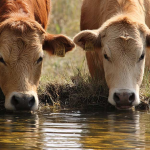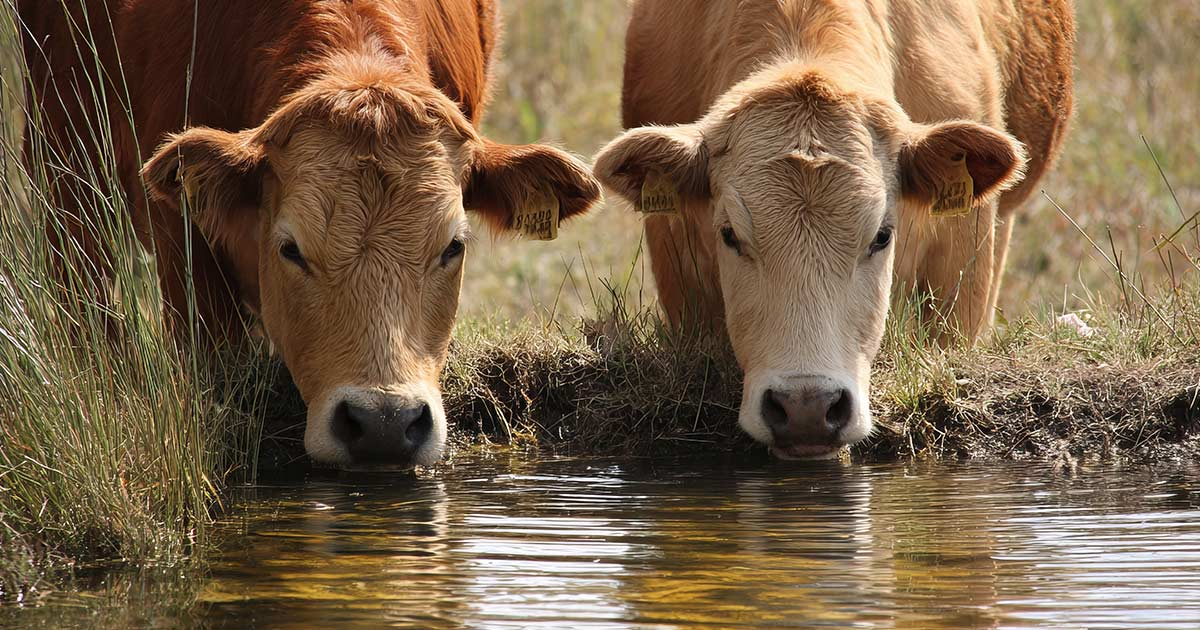
Ponds & Retaining Walls: A Homeowner’s and Rancher’s Guide
Building and Maintaining Ponds & Retaining Walls
Creating a functional pond or decorative water feature (with or without accompanying retaining walls) takes careful planning. Whether you’re a Texas homeowner dreaming of a backyard oasis or a rancher installing stock tanks, start by checking local regulations. For example, Texas laws often require permits if a pond connects to streams or wetlands. Always clear any trees or debris and survey the land – avoid flood-prone areas and underground utilities. Ensure the site has suitable soil (heavy Texas clay is ideal for holding water) or plan to use a liner. Bentonite clay is often used in Texas to seal ponds – this natural clay expands on contact with water to form a “water-tight, impermeable barrier” and is non-toxic for fish and livestock. Remove the topsoil and organic material from the pond area to reach a stable subsoil.
- Plan for Livestock Needs: If the pond is for livestock watering, place it so animals never walk more than a quarter-mile in level country (less in rough terrain). Provide a gentle entry ramp (about 4:1 slope or flatter) so cattle can drink without slipping. For maximum durability, many ranchers fence ponds and install a gravity-fed trough outside the pond. This protects the pond edges from trampling and erosion.
- Site Clearing: Remove grass, brush, and the fertile topsoil layer to create a firm base for your pond or dam. This reduces leaks and future erosion. If you’re building an embankment dam, dig a core trench at the dam centerline and fill it with compacted high-quality clay. A properly compacted clay core (often with a wide base) prevents seepage through the dam.
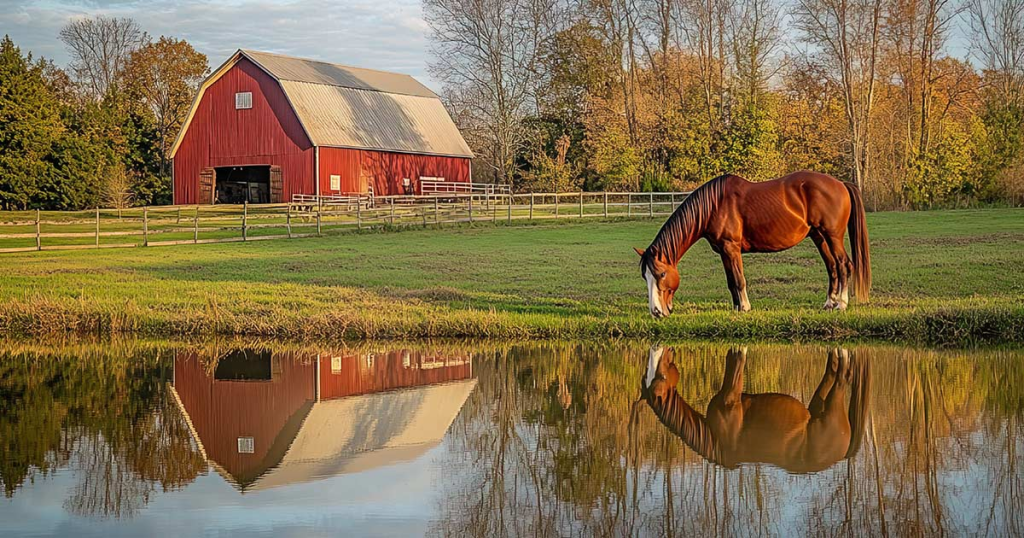
Materials Needed
Building a pond and any retaining walls requires the right materials and equipment. At minimum you’ll need:
- Earth-moving Equipment: A backhoe or excavator to dig the pond and/or core trench, remove soil, and build up embankments.
- Pond Sealant: Either clay (like bentonite) or a flexible pond liner (butyl or PVC). Bentonite is natural and self-healing, and it’s safe for livestock and fish. If your soil is very sandy or gravelly, a synthetic liner or bentonite layer is essential.
- Underlayment: A geotextile underlayment (or old carpet) to cushion and protect the liner or clay layer.
- Gravel and Sand: To level the base of retaining walls and to fill behind them for drainage. Also used to cap the pond bottom near edges (often 3–6″ of fine gravel) to prevent erosion.
- Rock or Blocks (for Walls): Natural stone, concrete blocks, treated lumber, or landscape timbers for building retaining walls. Choose durable materials – for example, stone or concrete gives long life. Wood can work but may deteriorate quicker in a wet environment.
- Finishing Supplies: Filters, pumps, pipes, and fittings if you’re adding fountains or recirculating water. Aquatic plants (water lilies, cattails) and fish (if desired) to balance the ecosystem.
- Safety Gear: Gloves, boots, and any needed fencing or barriers, especially if you have livestock or children.
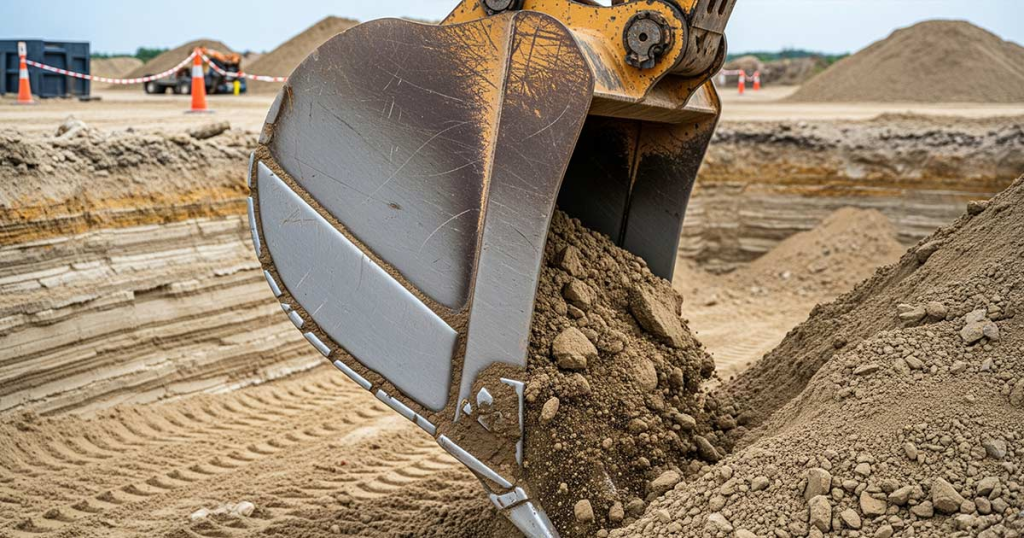
Steps to Create Your Pond
- Excavate the Pond: Mark out the pond outline. Dig out soil to form the pond basin – typically deeper in the middle (several feet for fish or groundwater reach) and with gently sloping banks. Texas guidelines suggest most pond sides be no steeper than the natural angle of repose (often around 1:1 slope). This prevents wall collapse. For a livestock pond, include a low ramp or shelf (4:1 slope) at one side. Remove any roots or large debris and compact the soil beneath.
- Build the Dam (if needed): If your design uses an earthen dam (common in agriculture), construct it on the uphill side of the pond. Fill and compact soil in layers over the clay core, making the dam at least twice as wide as its height. Keep slopes gentle on both upstream and downstream faces to reduce erosion and make mowing easier. After the dam is formed, install a spillway or overflow structure so excess water can escape safely.
- Install the Liners or Clay: If using bentonite clay, spread it on the pond bottom per manufacturer directions; when wet, it will swell to seal holes. For synthetic liners, lay out the geotextile underlayment first, then carefully unroll the liner over the hole, smoothing it into place. Backfill a trench around the edges with soil to anchor the liner. Be careful to avoid sharp rocks under the liner.
- Construct Retaining Walls (optional): If you’re landscaping steep sides or shorelines, build retaining walls following these general steps:
- Dig a 6–8″ trench for the base of the wall on the pond side. Fill and compact this trench with 3–4″ of crushed gravel.
- Lay the first course of wall blocks or stones on this gravel base. Use the flattest stones or blocks at the bottom to create a stable footing.
- Stack successive layers with staggered joints (no continuous vertical seams). Backfill behind each layer with gravel or crushed stone as you go. This not only supports the wall but also creates a path for water to drain down.
- Place large capstones or timbers on top for a finished look, ensuring the top is slightly above water level.
- Remember drainage: install a perforated drain pipe (and gravel) behind the wall or include weep holes at the wall base. This relieves pressure by letting groundwater escape, preventing bulges and collapse.
- Fill and Finish: Begin filling the pond slowly with water, checking to make sure there are no obvious leaks. Adjust the liner edges if needed. Once filled, add the pump/filter and any water features. If you plan to stock fish or add plants, follow appropriate acclimation procedures. Surround the pond edge with gravel, rocks, or plants to blend it into the landscape. For steep banks that aren’t walled, consider mulch, erosion-control matting, or planting grass to stabilize the soil.
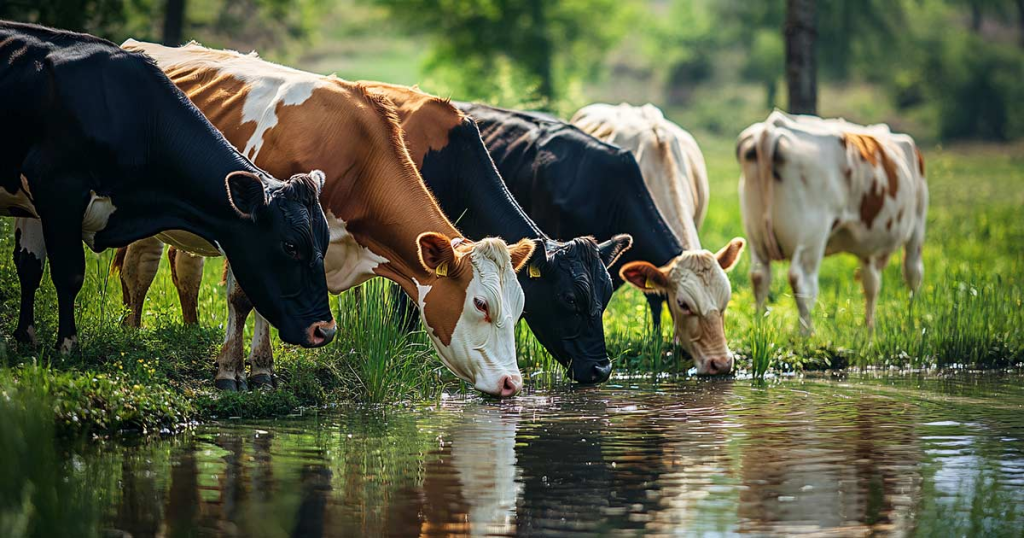
Pond Maintenance Tips
Even a well-built pond and wall need routine care. Follow these tips to keep everything in top shape:
- Inspect After Heavy Rain: Check dam faces and retaining walls for any wet spots, bulges, or cracks. If fill behind a wall washes out, refill it promptly. Reapply concrete or wood sealants on walls every few years to protect them.
- Monitor Water Levels: In hot Texas summers, you may lose some water to evaporation. Top off the pond as needed. If the pond is lined with bentonite, remember it will self-seal small gaps – bentonite “forms a thick gel that shifts and repairs many leaks” naturally. Synthetic liners may require occasional patching if damaged.
- Keep Water Clean: Remove leaves, sticks, and debris weekly to prevent decay. Every year or two, you may need to drag the pond bottom to remove sludge, especially in a livestock pond. Trim aquatic plants as they grow to prevent them from overtaking the pond.
- Equipment Care: Clean pump filters regularly and winterize any valves or fountain nozzles before freezing weather.
- Fence and Fencing (Livestock ponds): Inspect fencing around ponds if installed. Even with fences, livestock may try to reach the water; ensure the separate trough (if used) is functioning so cattle prefer it over pond-access. Provide salt and minerals near the trough to keep cattle from seeking water alternatives.
By following these guidelines and using quality materials, your pond and retaining walls can last for decades. Proper pond construction (compacted soil or clay liners, sturdy block walls, and good drainage) will minimize future repairs.
Ready to transform your property? For expert help with pond and retaining wall projects in Texas, call 214-202-8294 today. We offer free on-site quotes and can guide you through planning, building, or repairing your pond and wall – so you can enjoy a beautiful, functional water feature without hassle.

